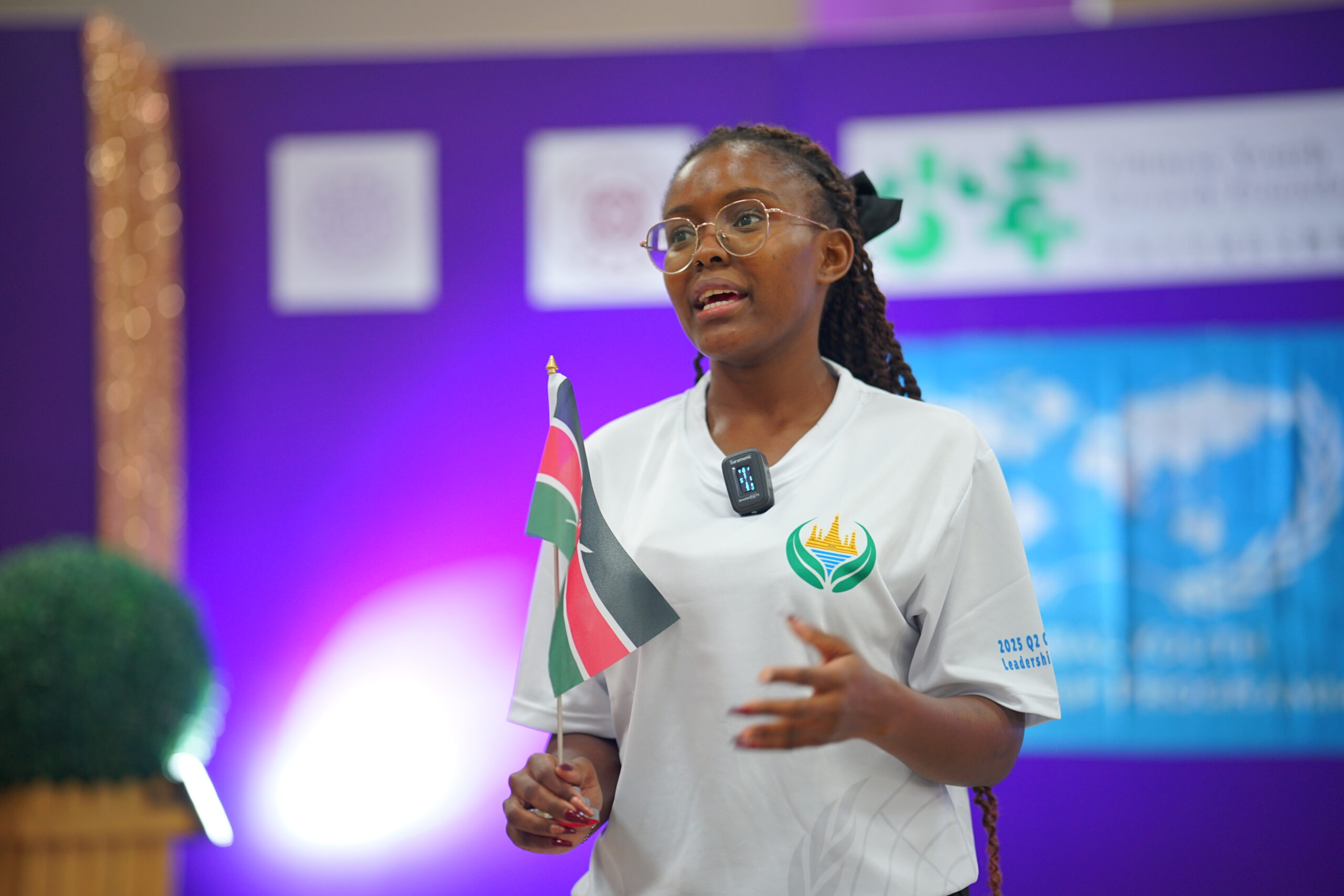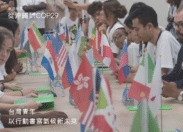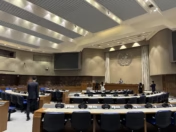My journey across Okinawa, Bangkok, and Nairobi has been more than a series of youth forums. It has been a process of transformation—of discovering my voice, refining it in dialogue with others, and finally stepping into the responsibility of leadership. Each stage shaped me differently, but together they revealed how youth, when empowered and organized, can become architects of change rather than passive recipients of it.
It began in Okinawa, Japan, where I first encountered the complexity of intergenerational and intercultural dialogue. Our group focused on SDG 5: Gender Equality, and we worked on a declaration addressing domestic violence and the importance of engaging young people in awareness-raising. What struck me most in Okinawa was not only the content of our work but the dynamics of how we worked. Younger students voiced their ideas with urgency, while older participants grounded those ideas in cultural and social realities. In presenting our declaration, I realized that advocacy is not just about speaking—it is about negotiating power, finding balance, and creating inclusive spaces where every voice can matter. Okinawa taught me that leadership is as much about listening as it is about speaking.
From Okinawa, I moved to Bangkok, Thailand, where the scope widened. If Okinawa revealed the challenges of voice and inclusion, Bangkok demonstrated the scale of collaboration. The Solution Book we produced there was not merely a compilation of ideas—it was a collective record of how youth perceive and respond to global crises. For me, Bangkok revealed the importance of continuity: conversations that remain undocumented risk fading away, but written solutions can inspire others long after the forum ends. It was also in Bangkok that I understood how deeply personal the global agenda is. Listening to peers describe how climate change, health, and digital divides affected their daily lives, I saw reflections of my own community in Kenya. The SDGs were no longer distant goals set by institutions—they became a mirror of lived realities across continents.
The journey reached its most powerful expression in Nairobi, Kenya, where I took on the responsibility of organizing the UN-SDG BootCamp. Unlike Okinawa and Bangkok, where I was primarily a participant, Nairobi demanded leadership. Together with my team, I coordinated programs, recruited delegates, and moderated discussions. Most importantly, I led the drafting of the Youth Declaration, which captured our collective commitments on digital transformation, gender equality, and climate justice. This was not an easy task. It required holding space for multiple perspectives, resolving disagreements, and shaping words that reflected both conviction and unity. In that process, I experienced the true meaning of inclusive leadership: not control, but facilitation; not imposing, but weaving together diverse contributions into one shared voice.
Nairobi also made me confront a deeper truth—that while the SDGs are global in language, their impact is determined locally. The issues we debated—access to education, climate adaptation, digital inclusion—were not abstractions; they were the daily realities of the young people seated around me. This convergence of global frameworks and local struggles is where I believe the real power of youth leadership lies. By bridging those two levels, we make the SDGs not just aspirational but actionable.
Looking back, I see Okinawa as the place where I learned to listen, Bangkok as the place where I learned to collaborate, and Nairobi as the place where I learned to lead. Together, these experiences have reshaped me—not only as a student of digital learning and education, but as a youth leader with a sharpened sense of purpose. They taught me that youth forums are not symbolic gatherings; they are laboratories of leadership where courage, empathy, and vision are tested and strengthened.
This journey has shown me the power of youth not as an abstract concept but as a lived reality. When young people are given the tools, platforms, and trust, they are capable of bridging divides, challenging systems, and designing solutions that respond to both local and global needs. I now carry forward this conviction: that the SDGs will not be achieved by declarations alone, but by the collective energy of young leaders who refuse to be silent, who transform dialogue into action, and who see themselves as co-creators of a more just and sustainable world.



